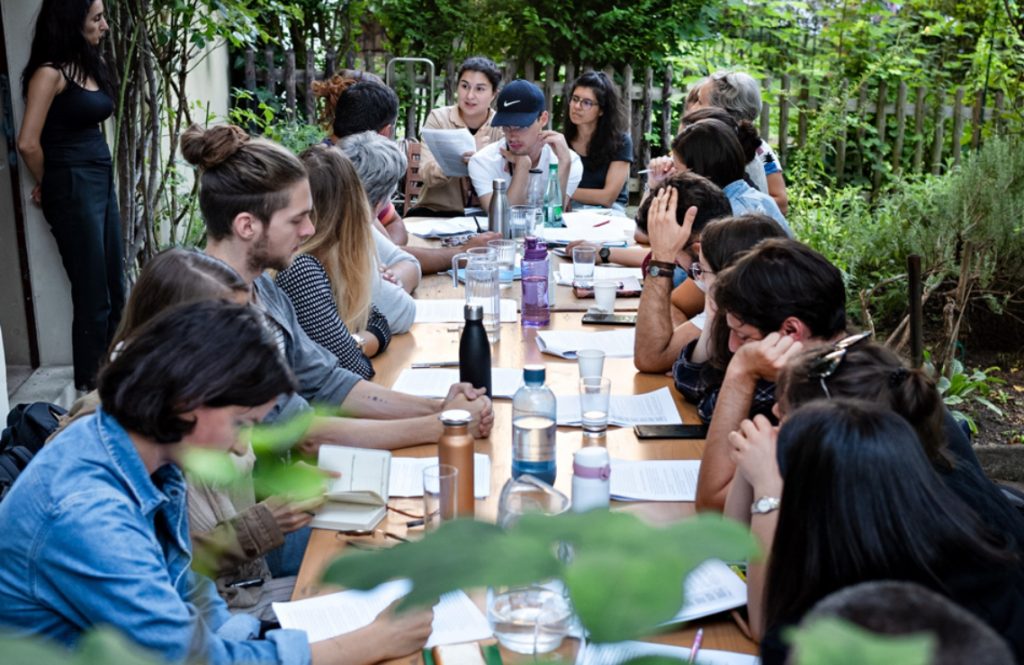

Switzerland & Southcaucasus

The topic of our lesson is “figurative painting”. We plan to teach a spontaneous, sketchy and experimental way of painting. The goal is to experience painting as something free and creative. We don’t want to take the traditional, naturalistic and academic approach at painting humans but instead want to use different short exercises to challenge the students.
In our double-lesson we are going to work on the topic “self-portrait painting”. We plan on starting with short and experimental exercises, in which we try out different approaches to painting a self-portrait. The goal is to get the students started and let them experience the many possibilities of painting. After these short exercises, we will discuss a self-portrait of Paul Gauguin. The discussion will lead the students to ideas for an own self-portrait. In the second half of the double-lesson they will then get time to work on a personal, expressive self-portrait, showing their wishes, feelings or stories.
Estella, Hripsime, Fabio, Bastian
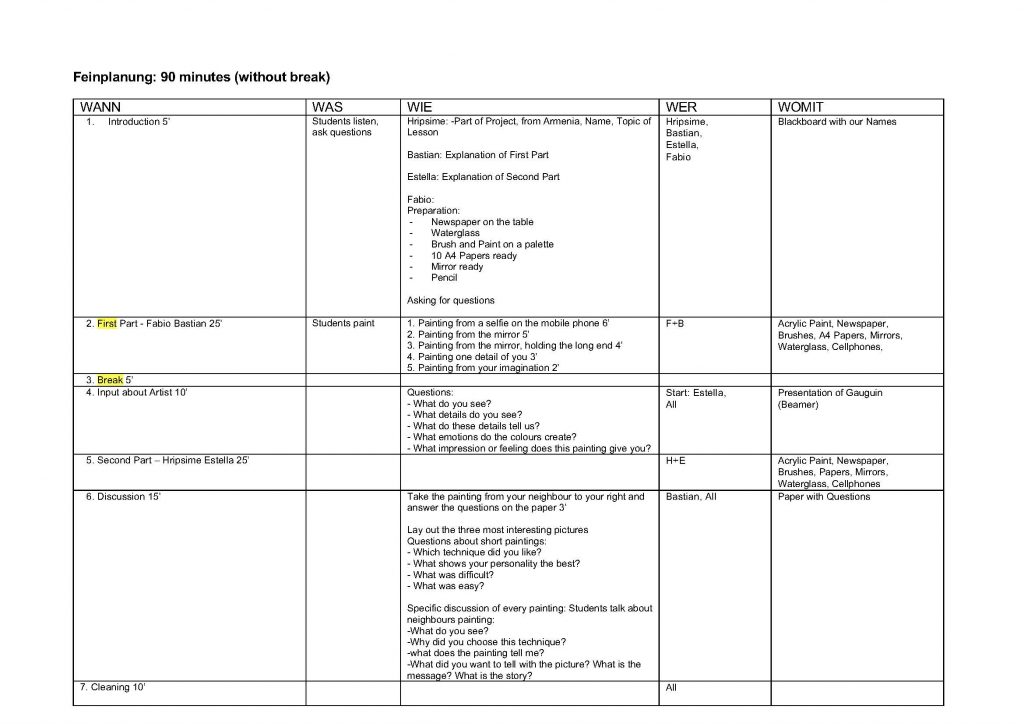
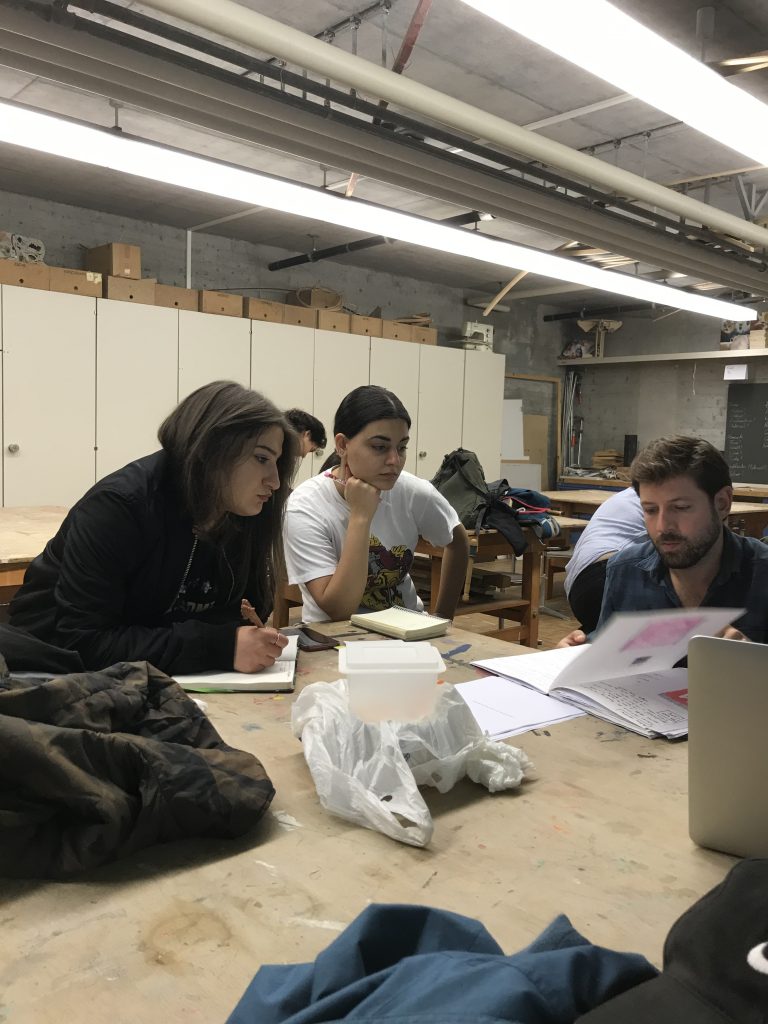
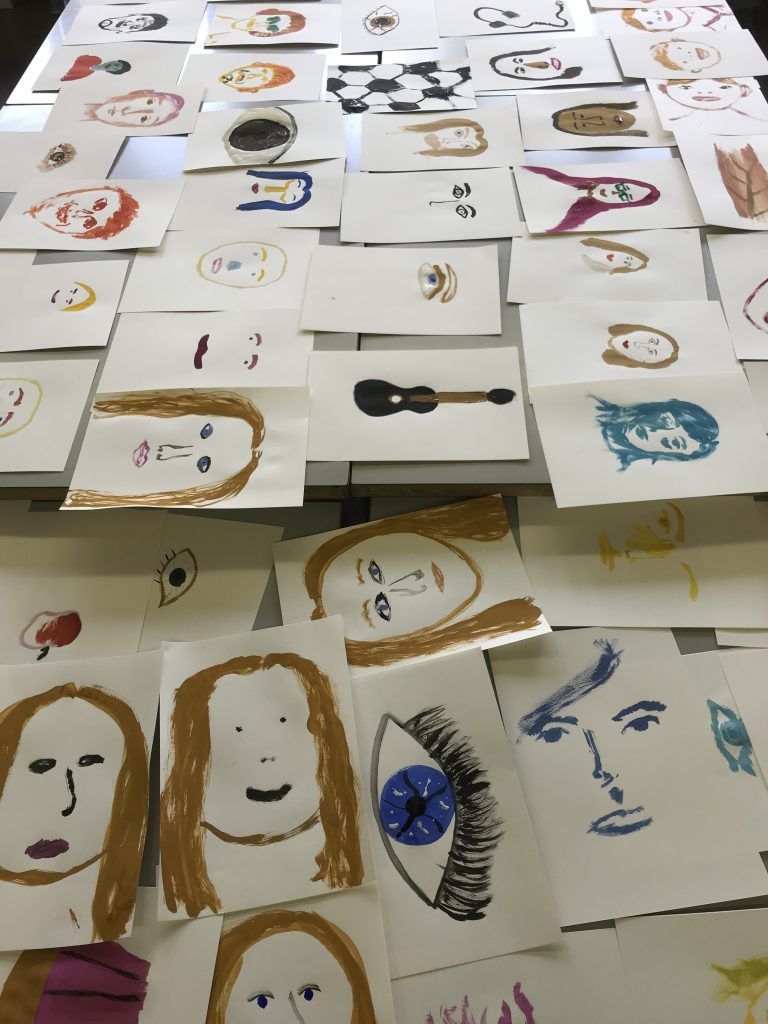
During our lesson we want the students to observe objects in different ways and transform them into drawings. In this transforming process a lot of things are happening. They receive sensual stimulus in the brain, which are converted into some kind of an output. Therefore, drawing is also always a form of translation of what we see, hear and feel. To enhance this sensual experience, we selected objects that are especially appealing when it comes to shapes, surfaces and material (styrofoam, technical tools, organic shapes etc.).
We start our lesson with three smaller exercises in which the students should explore their senses through observation and drawing. In the second half of the double lesson they will take their time to develop and create something out of their previous observations into an association.
With our exercises, we want to improve the students ability to observe with their senses, in order to realize, that an objects has more characteristics then they would think.
During our lesson we want the students to observe objects in different ways and transform them into drawings. In this transforming process a lot of things are happening. They receive sensual stimulus in the brain, which are converted into some kind of an output. Therefore, drawing is also always a form of translation of what we see, hear and feel. To enhance this sensual experience, we selected objects that are especially appealing when it comes to shapes, surfaces and material (styrofoam, technical tools, organic shapes etc.).
We start our lesson with three smaller exercises in which the students should explore their senses through observation and drawing. In the second half of the double lesson they will take their time to develop and create something out of their previous observations into an association.
With our exercises, we want to improve the students ability to observe with their senses, in order to realize, that an objects has more characteristics then they would think.
Aim for our lesson
Artistical Expression:
Find new ways for perceiving an object. The lesson is about observation and they learn to think in different perspectives and with different senses. Every picture we create is a translation of sensual stimulations. And this process contains interpretation and deciding on how you bring them onto material.
Methods, Techniques, Strategies:
Develop a sensitivity for shapes, materials and surfaces. Paint with Gouache. Learn about the science of colors, especially Complementary Color Combinations. Recognizing shadows and lights in a object and transforming them into colors.
Analytical Reflexion,
Awareness, that everything we create after an image or an object is always a translation and interpretation of itself
Astghik, Raya, Simon, Lysanne
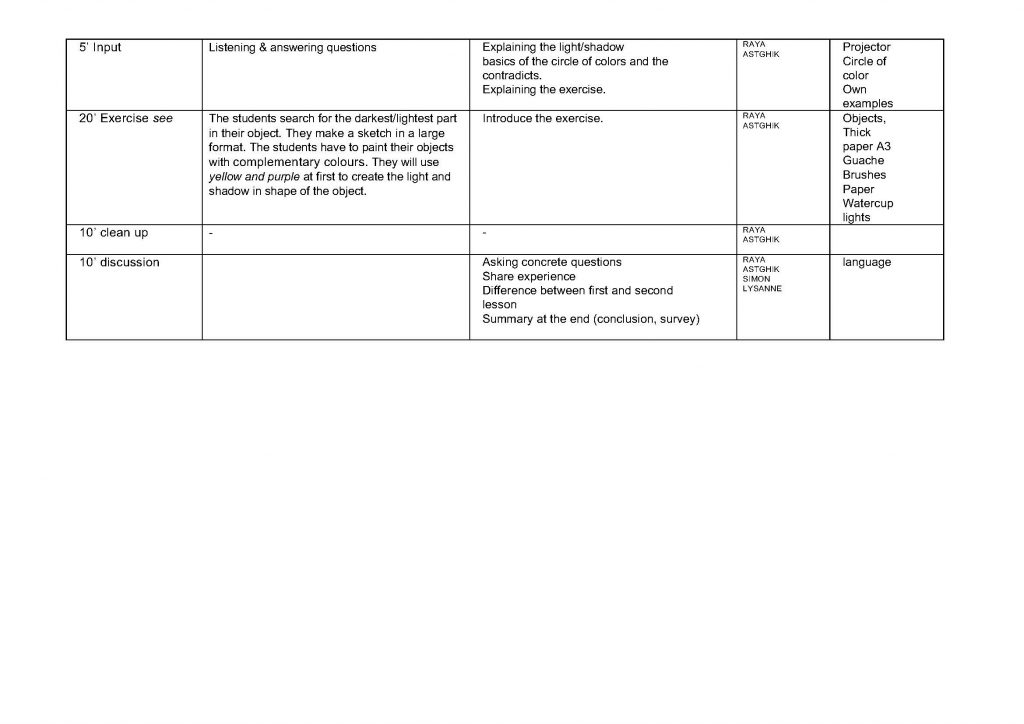
Our aim is to open up creativity in collaborative group drawings, to use them as inspiration for their own works. We will start with more playfull and collaborativ exercices like „Cadavre Exquis“ a slowly make the drawings longer, preciser and in the end single works where they can integrate their previous experiences. We want to show them in this process artists that work in a similiar way and also share their approaches for finding new forms and ways to visualise something. Our exercises are about combining four different objects into a drawing as one object or composition.
Jean-David, Nicole, Sevada, Marine
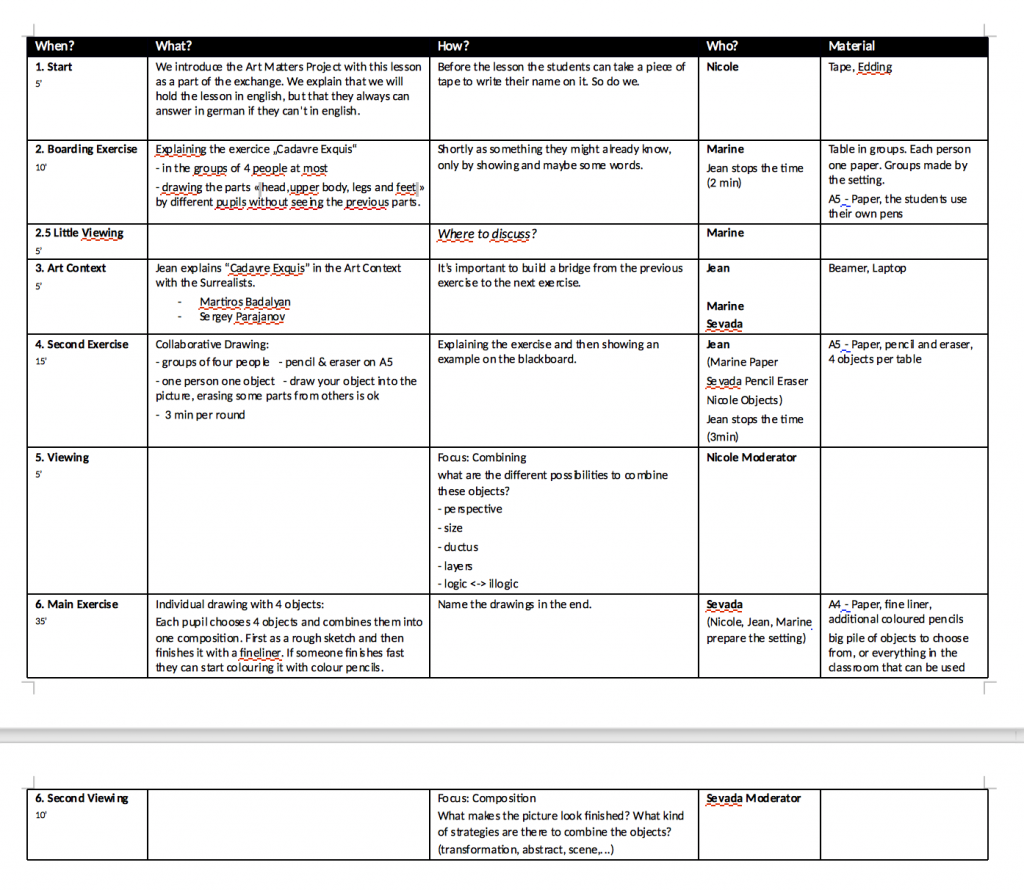
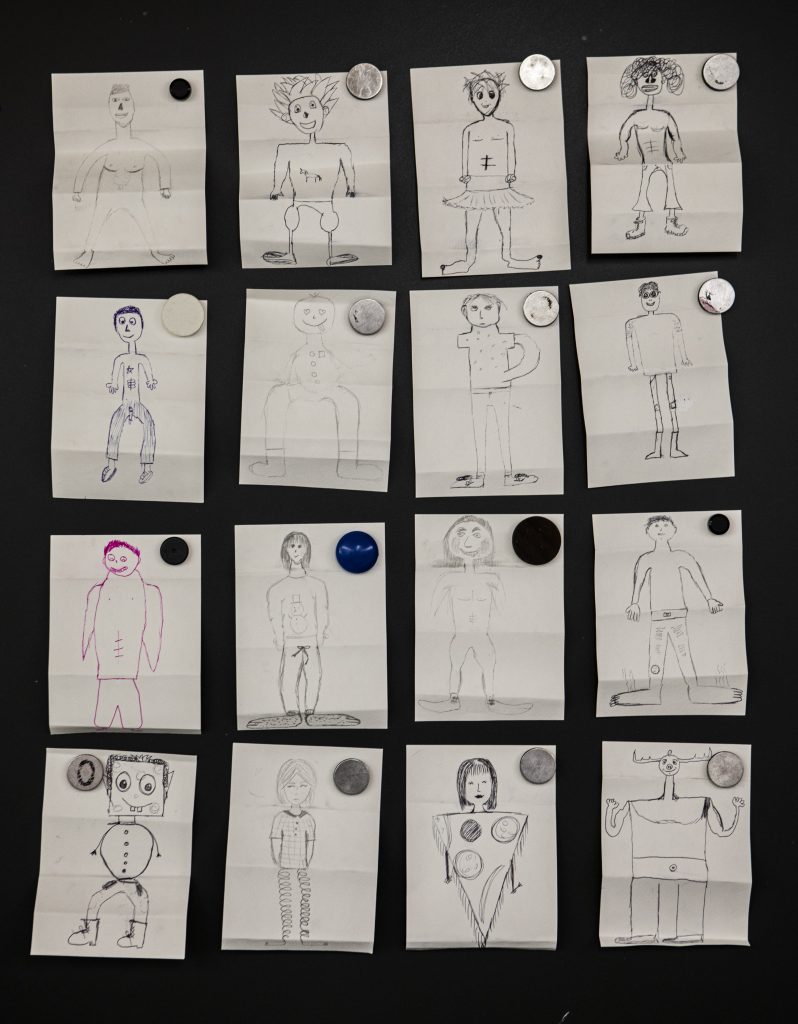
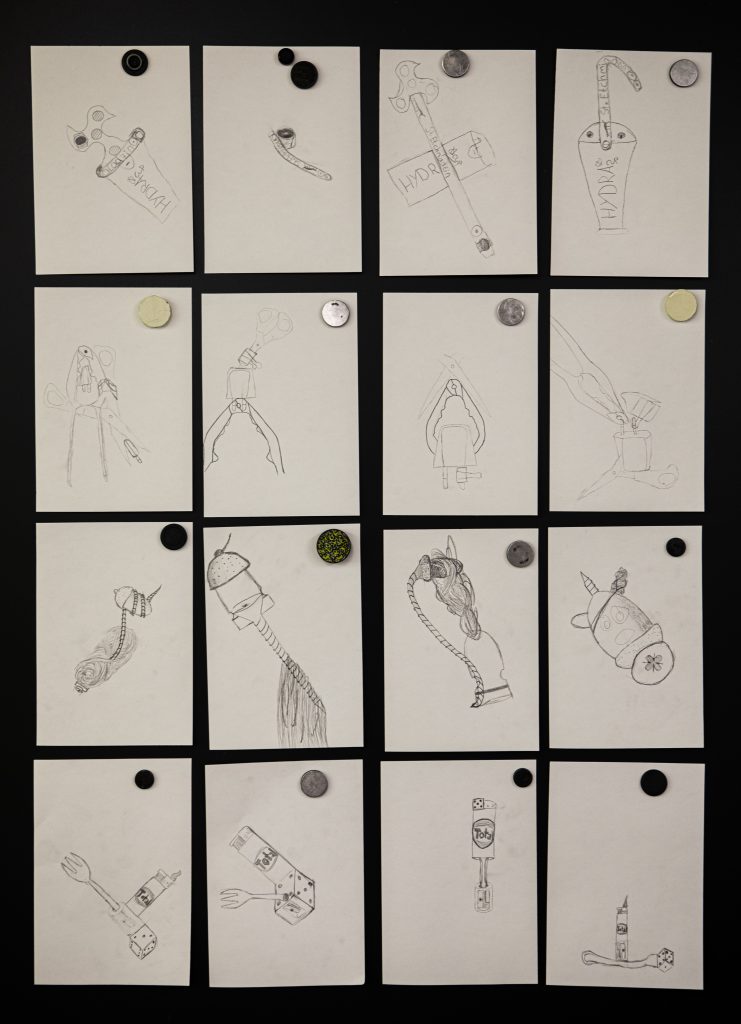
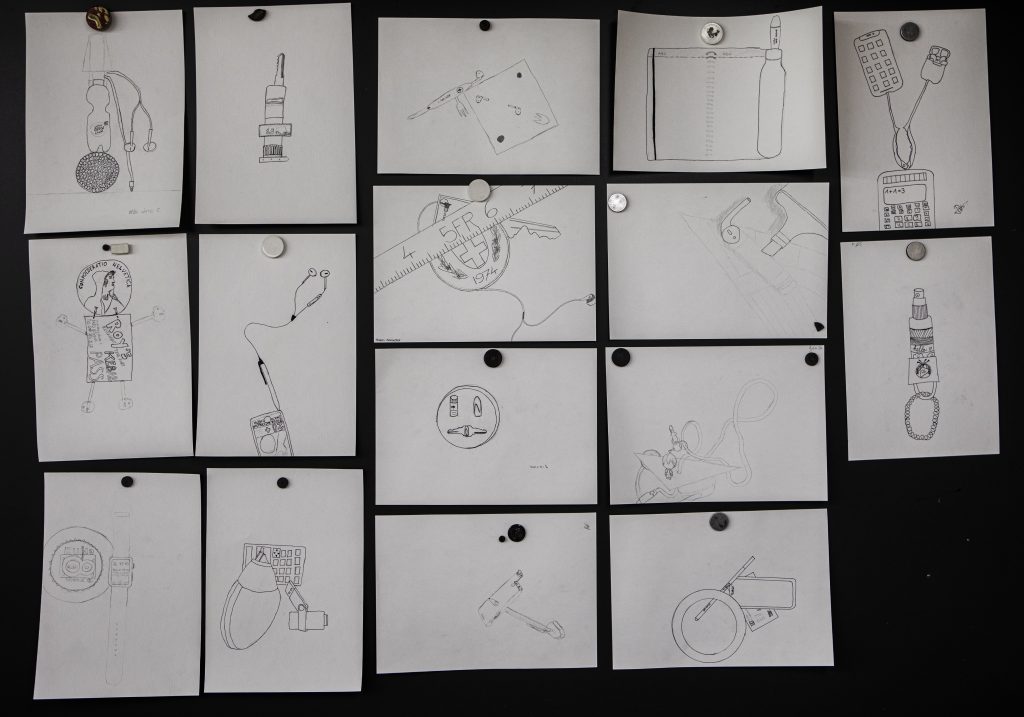
Monday, 02.09.2019
Toni Areal
Workshop with Jean-David
Tuesday, 03.09.2019
Picknick at Museum Rietberg
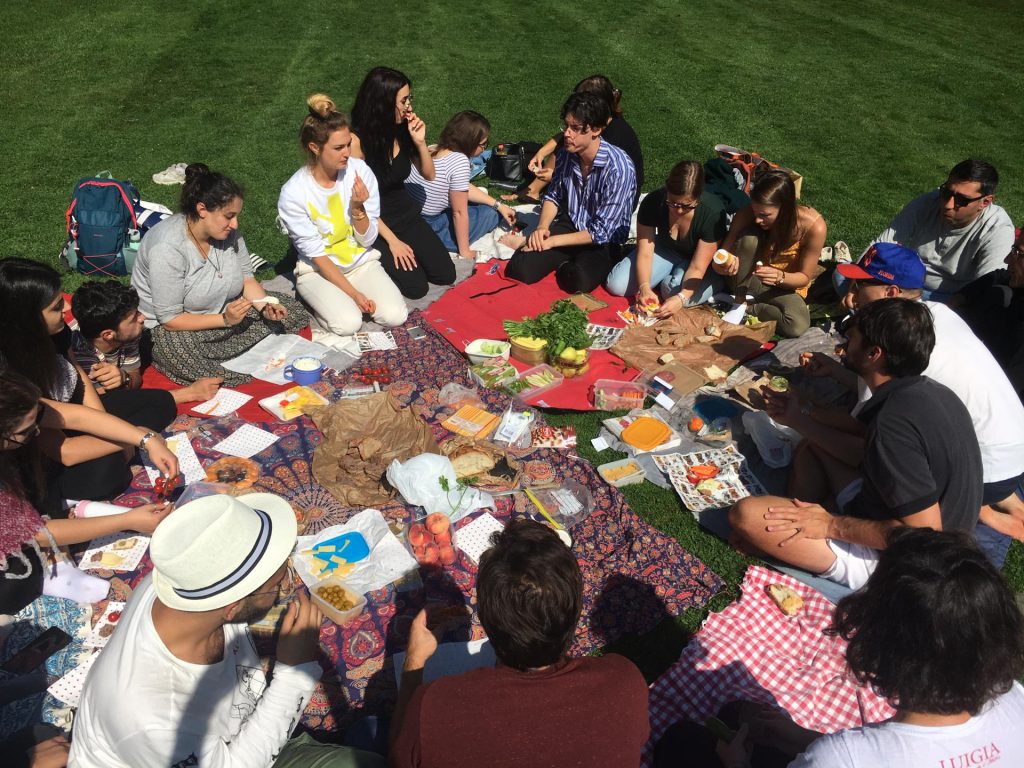
Reading: Museum as Contact Zone (James Geertz)
Discussing: Provenienzforschung / provenance research
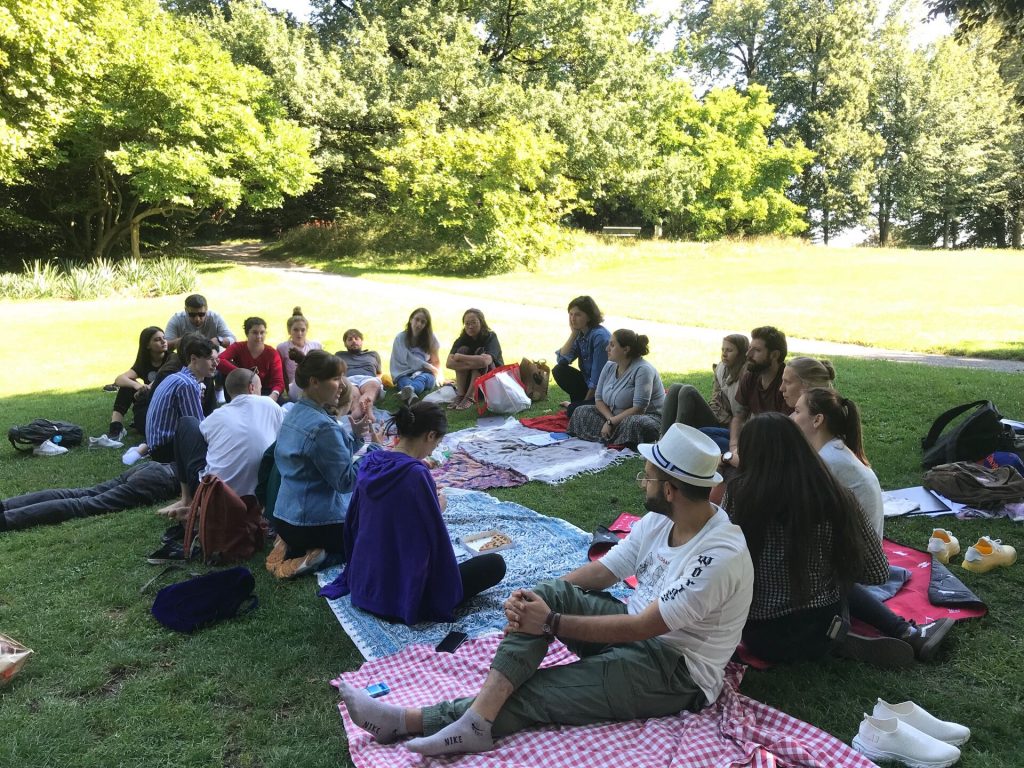
Guided Tour in the Collection of Museum Rietberg
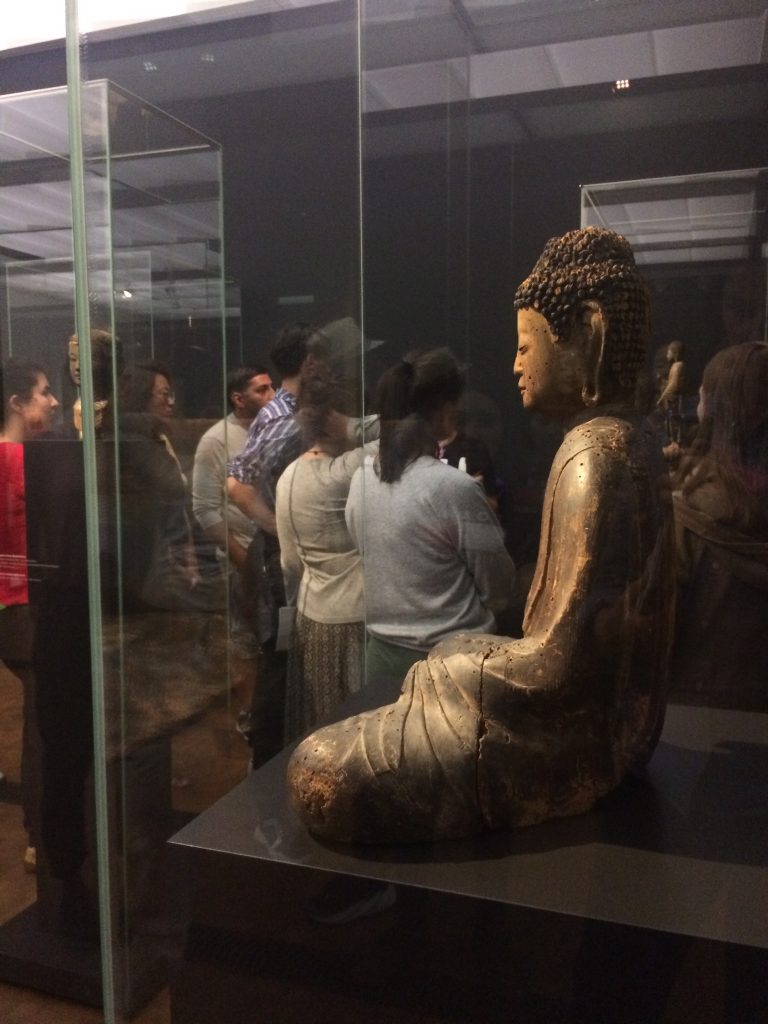
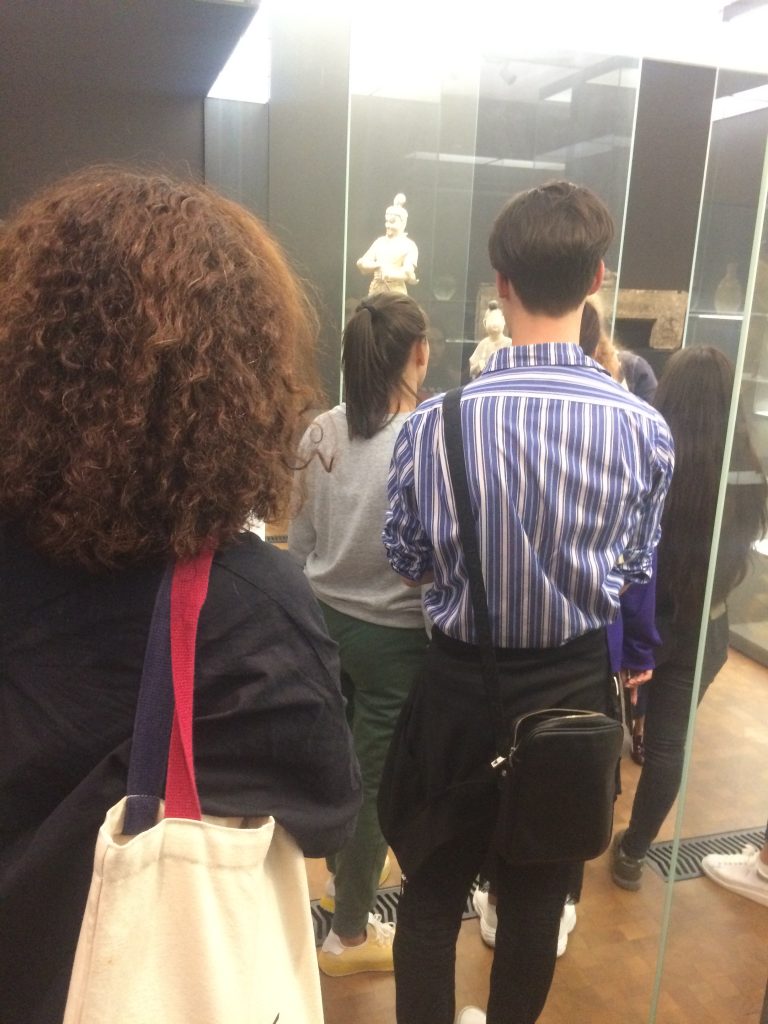
Discussion with Anna Schürch: Contact Zone Zürich – Jerewan. What do we learn in this exchange about art pedagogy? How does working together and thinking about art pedagogy supports our encountering?
Wednesday, 04.09.2019
Preparations
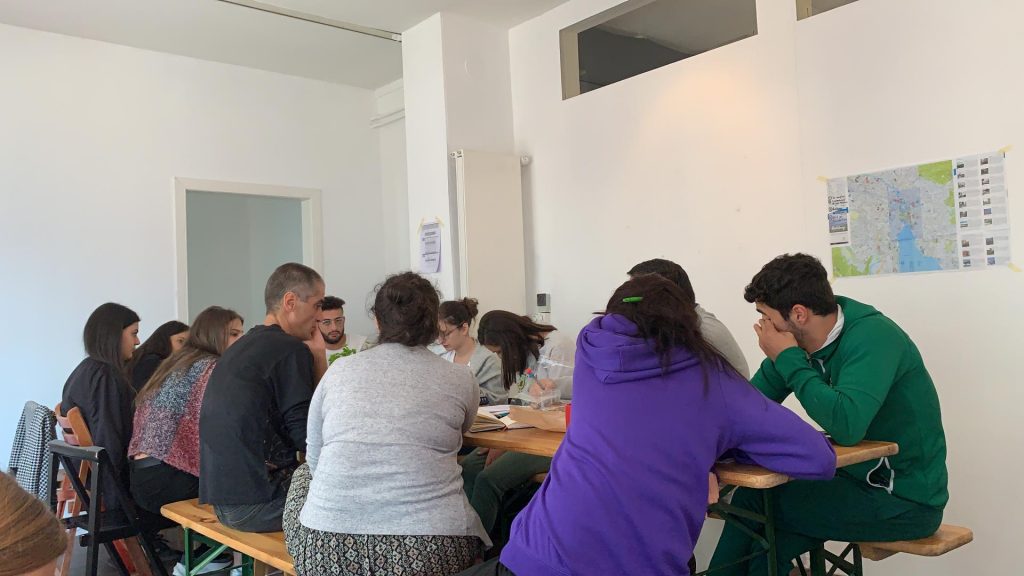
Hospitation: Hohe Promenade
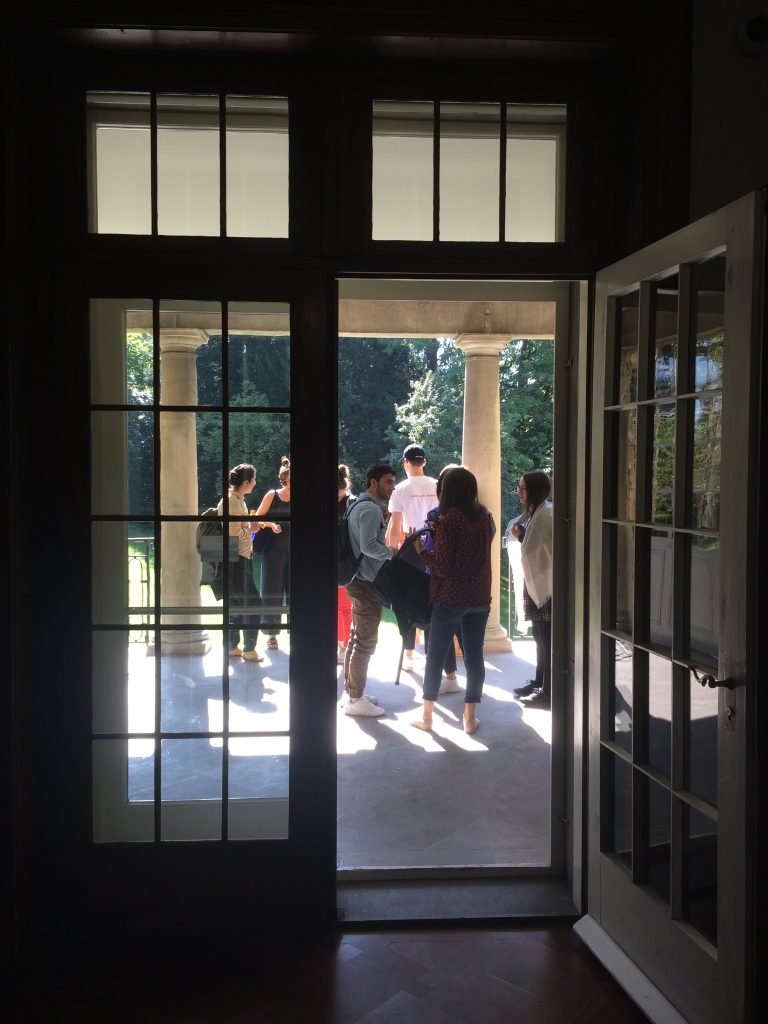
Reading John Dewey at artasfoundation
Thursday, 05.09.2019
Kunsthalle Zurich, Peter Wächtler und Stefan Tcherepnin
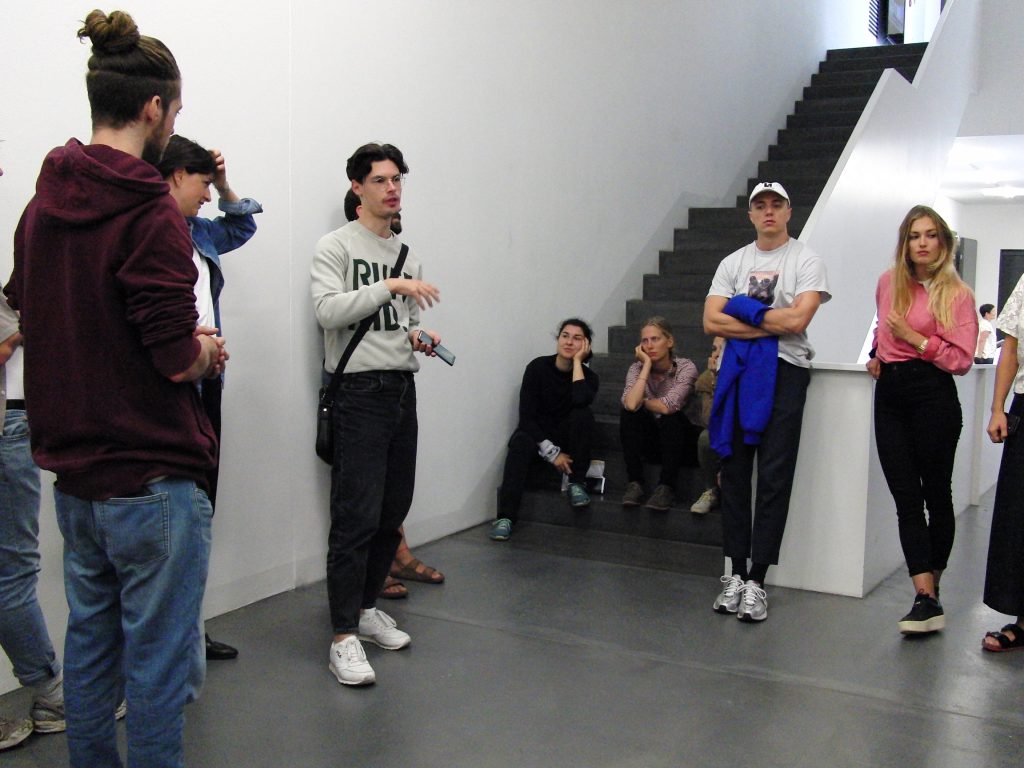
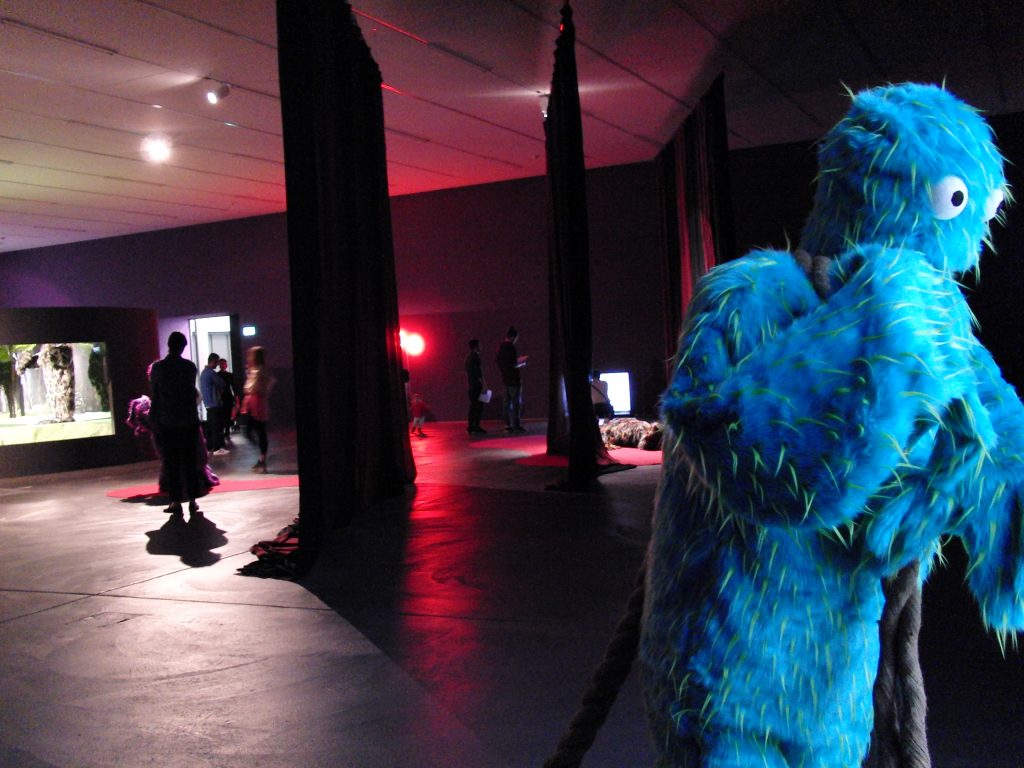
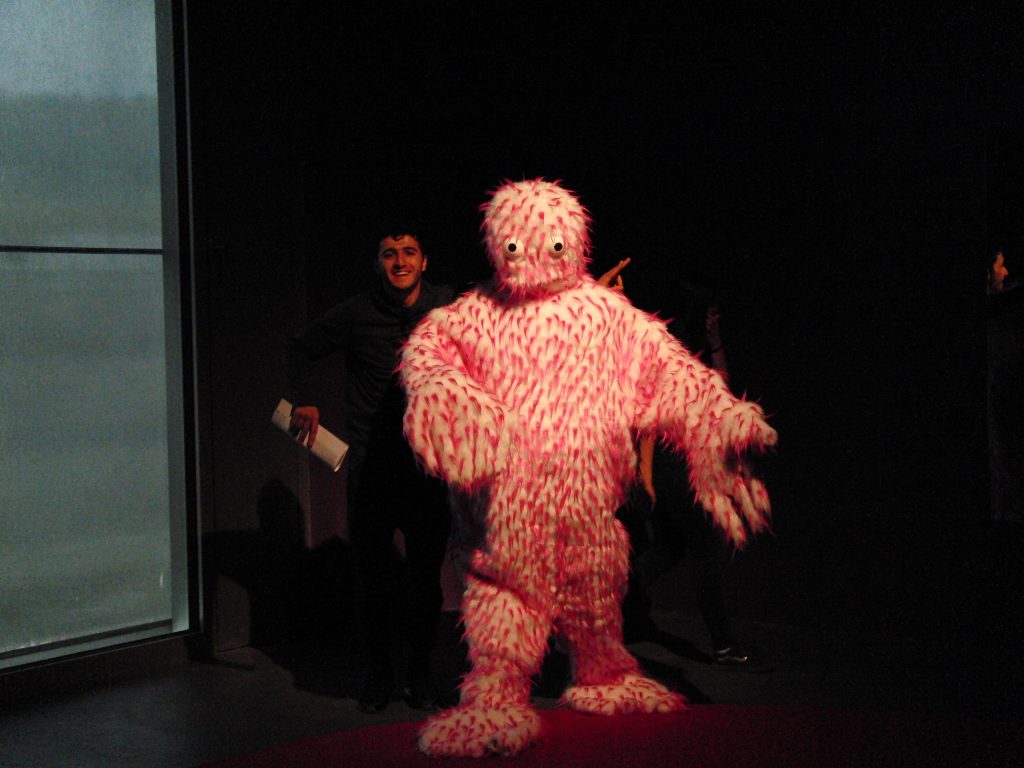
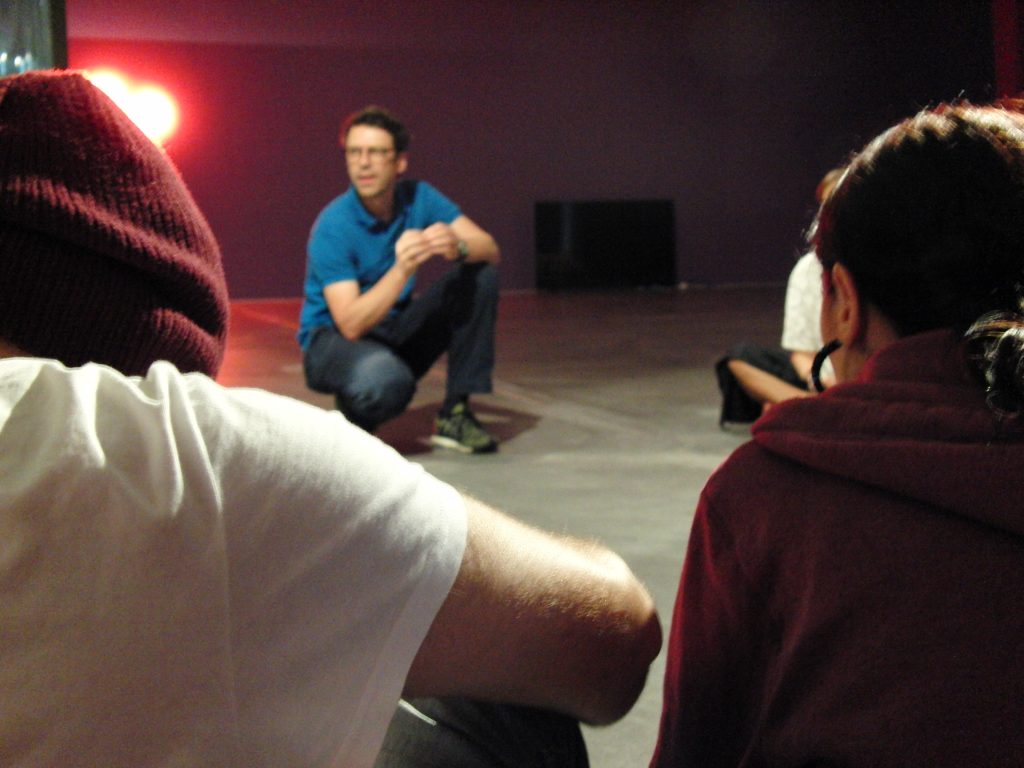
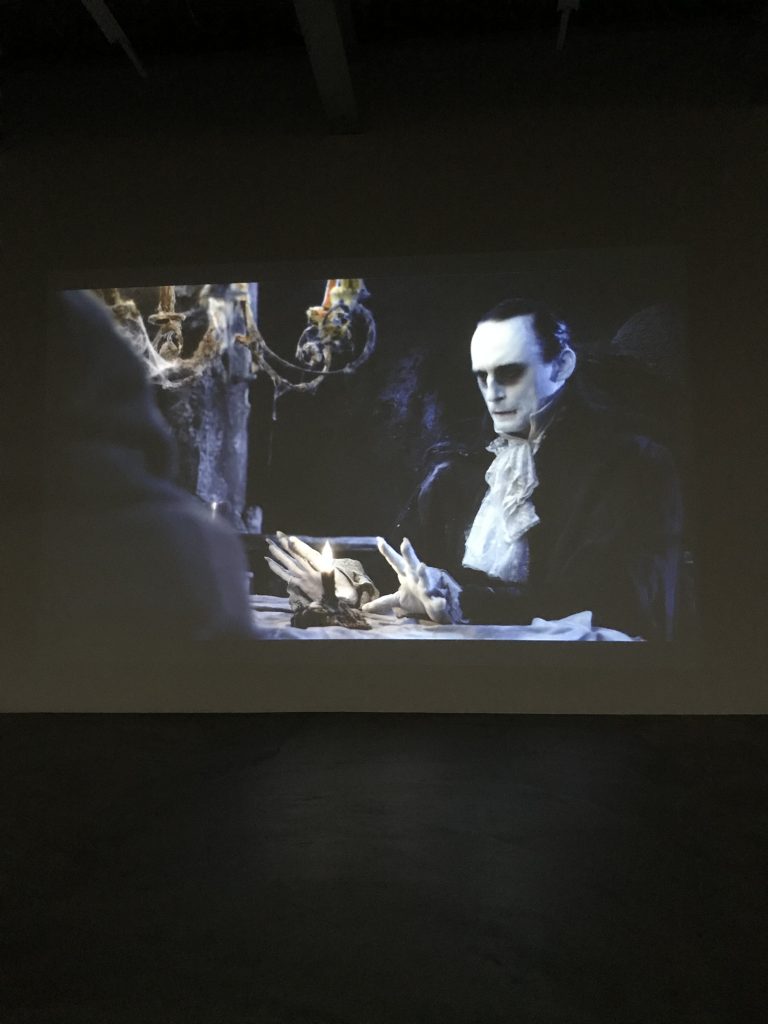
Hospitation: Atelierschule Zürich
Dance Performance
Friday, 06.09.2019
Taking Part: Autonome Schule
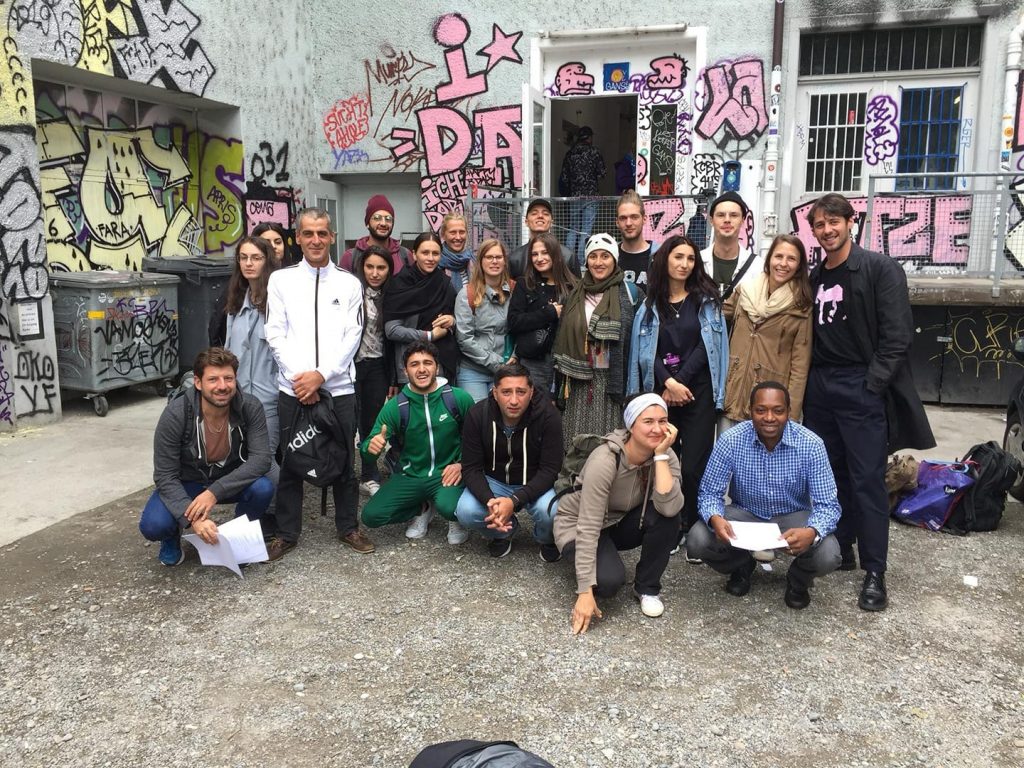
Preparations at Toni Areal
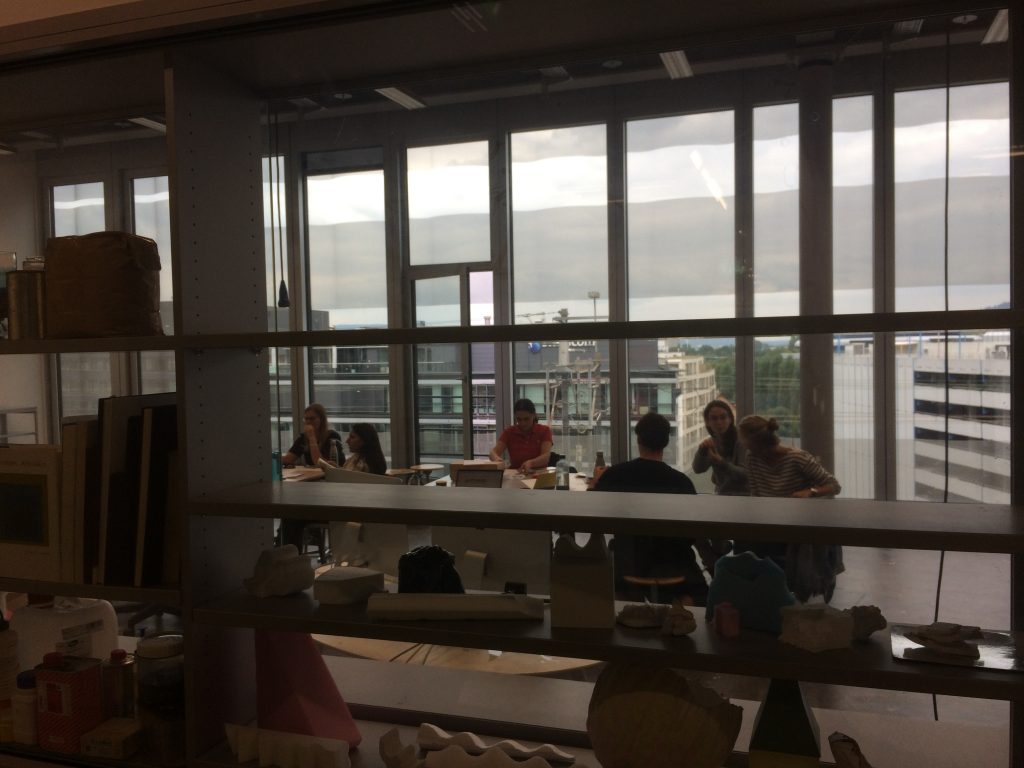
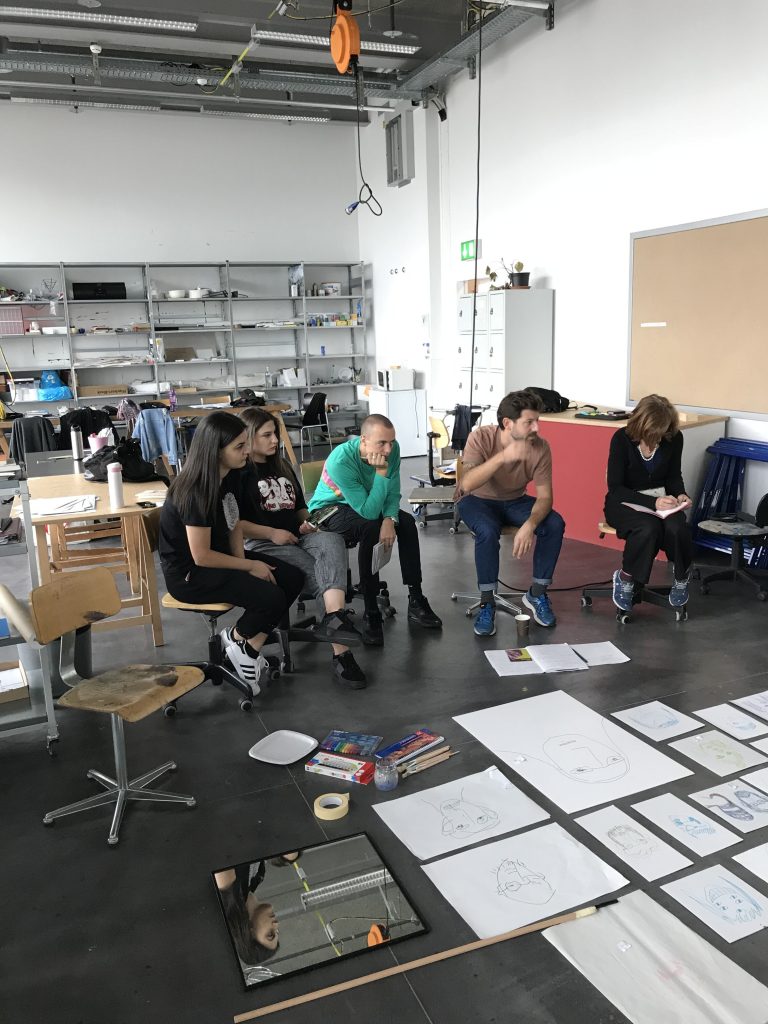
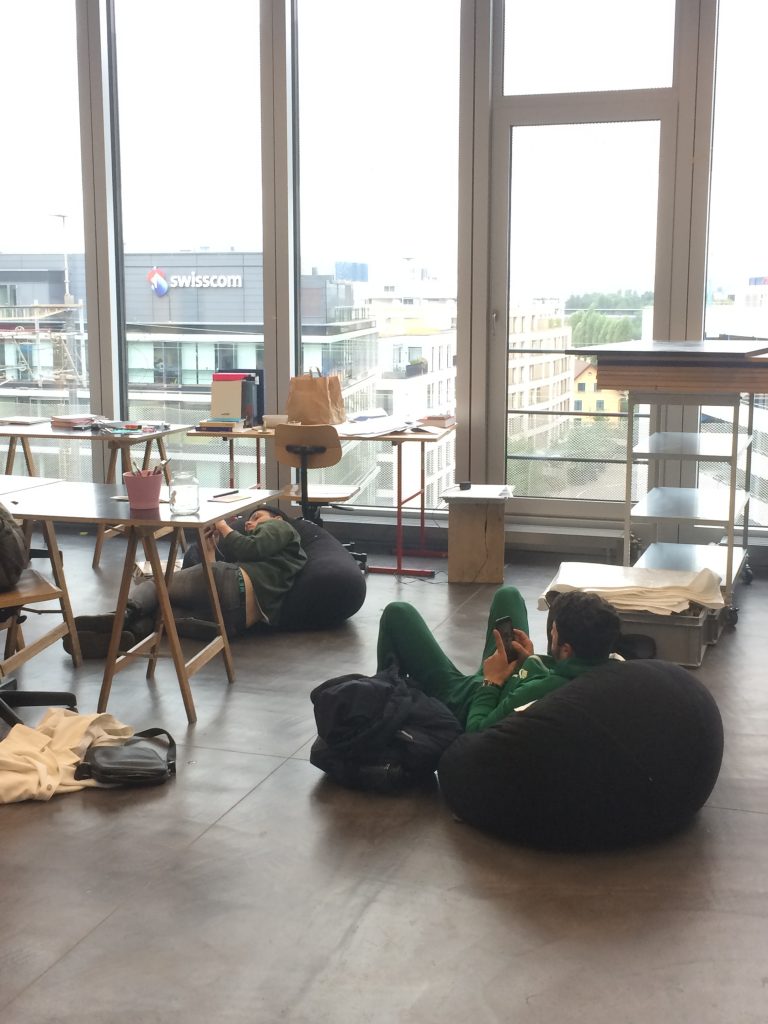
Raclette at Les Complices*
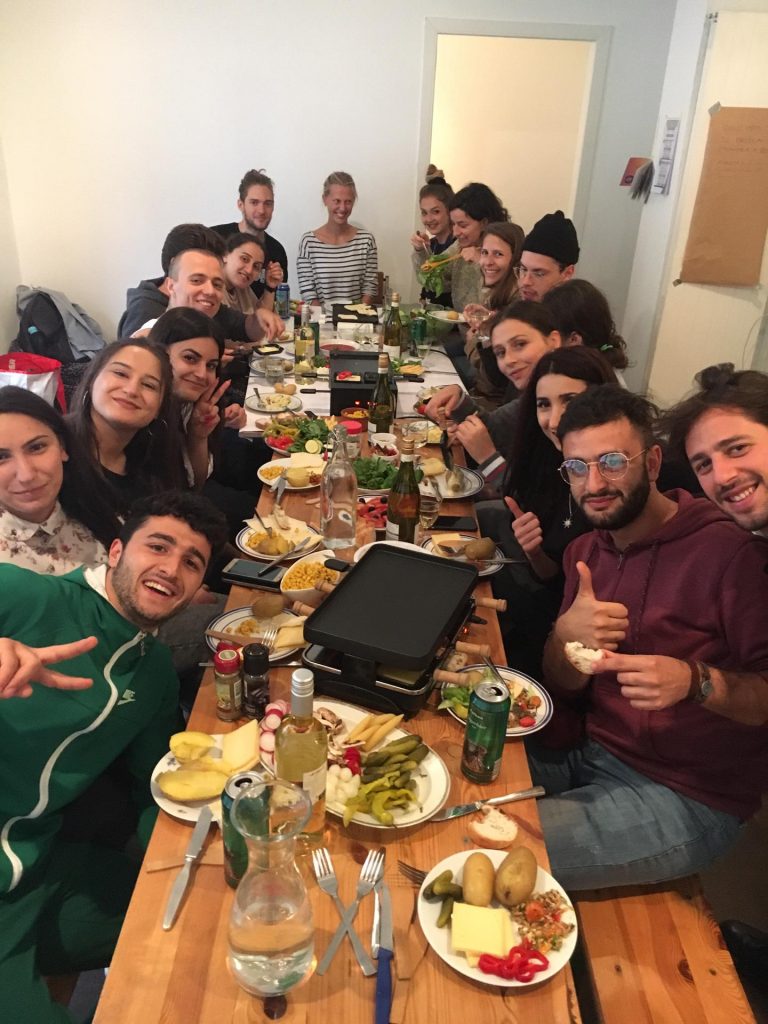
Saturday, 07.09.2019
Lange Nacht der Museen
Monday, 09.09.2019
Preparations at Kantonsschule Zürcher Unterland, Bülach
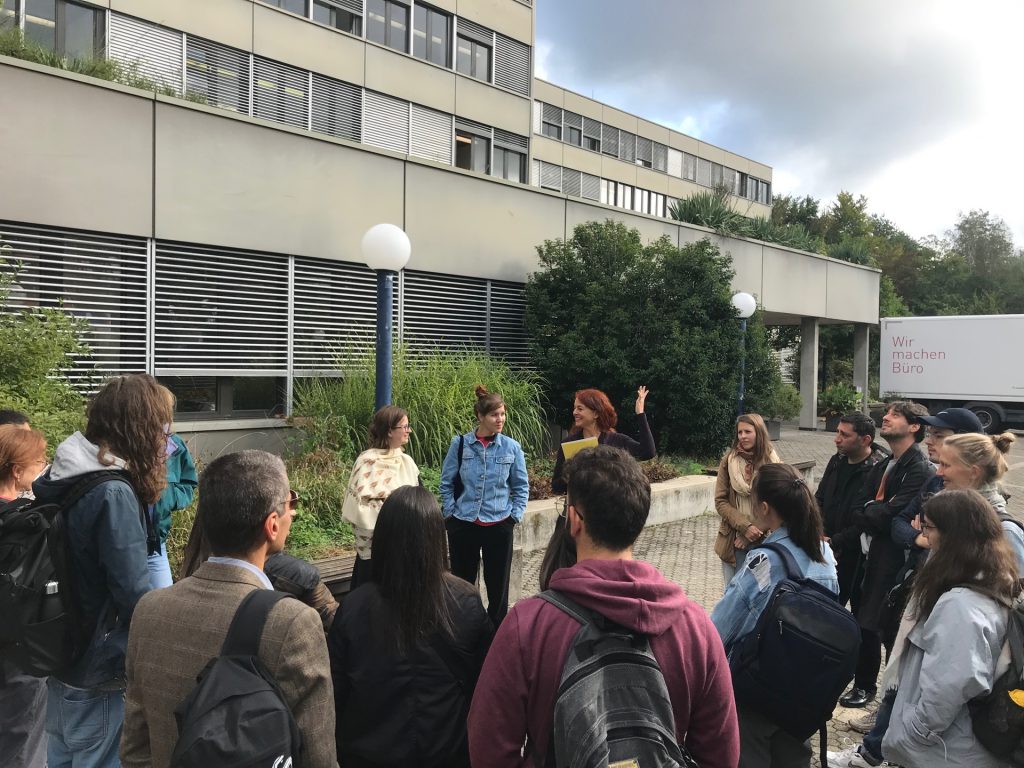
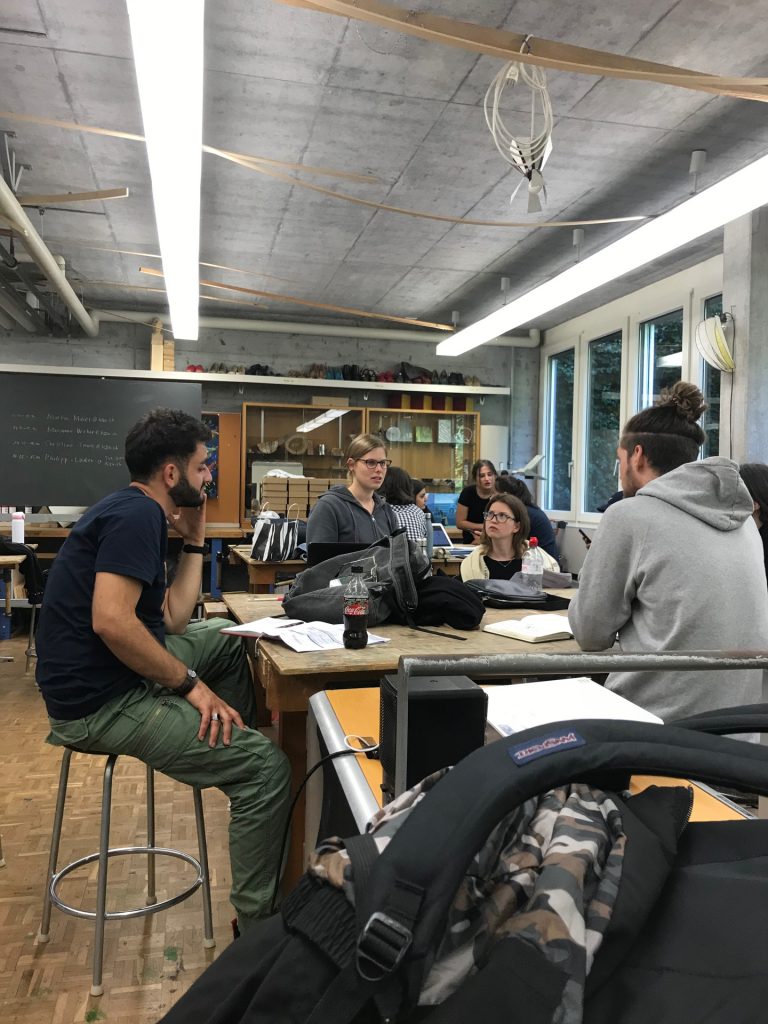
Tuesday, 10.09.2019
Teaching Lessons in Bülach
Wednesday, 11.09.2019
3 different workshops
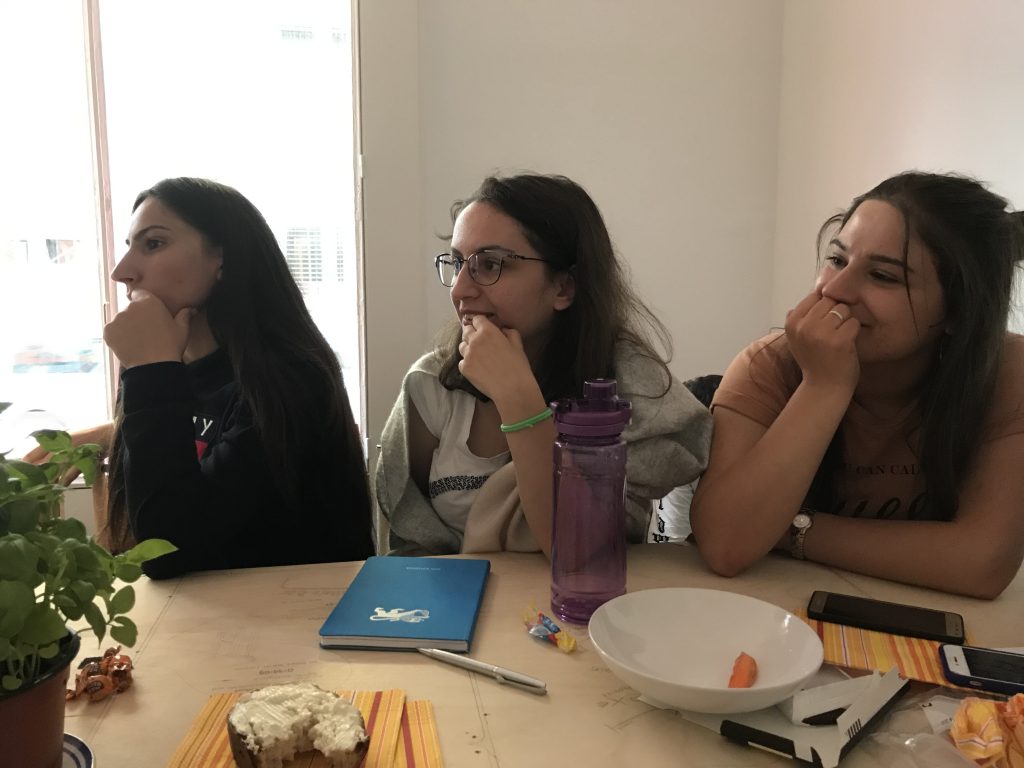
Heinrich and Olivia – Feedback methods
Davit – Sketch Paintings
Sevada – Characteristics for the plein-air painting
Barbecue in the garden of Jean-David
Thursday, 12.09.2019
Teaching Lessons in Bülach
Friday, 13.09.2019
Reflection and Feedback
Saturday, 14.09.2019
Zürich – Performance Festival Giswil
Sunday, 15.09.2019
Farewell
Within our lesson we explore the topic performance/happening. The planned lesson will turn itself into a performance, or is every teaching lesson anyway a performance?
Through not translating a foreign language we question the concept of languages as a communication tool. Is the intention behind a language adding up even if words are not understandable? How do the pupils react in a moment of uncertainnes created by not having clear directions from the teacher but only having a table full of different material? What will be the result of a lesson full of predestinated missunderstandings? In a second step we give the pupils the opportunity to switch the role of a ‚not understanding learner‘ into the one of a ‚not understanded teacher‘ by letting the pupils tell instructions to their classmates in their own foreign language. In this way they discover the meaning of a performance by being part of it from differnt points of views.
Yerevand, Arev, Janina, Elisa
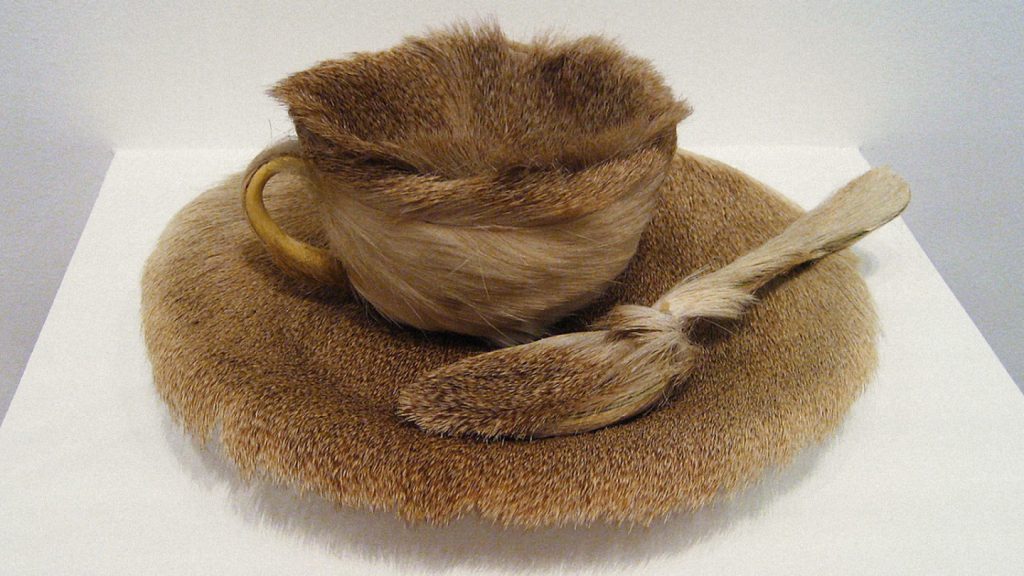
My most actual favorite work is »Assimilation« from Bea Schlingelhoff. She renamed streets in Düsseldorf with names of female artist and created a list, which was set with a new font of her font-serie »Women against Hitler«. Each font in this serie is named after female resistance fighter in WW2. For example: Anna Mettbach, Ella Trebe, Lisa Fittko, and many more …
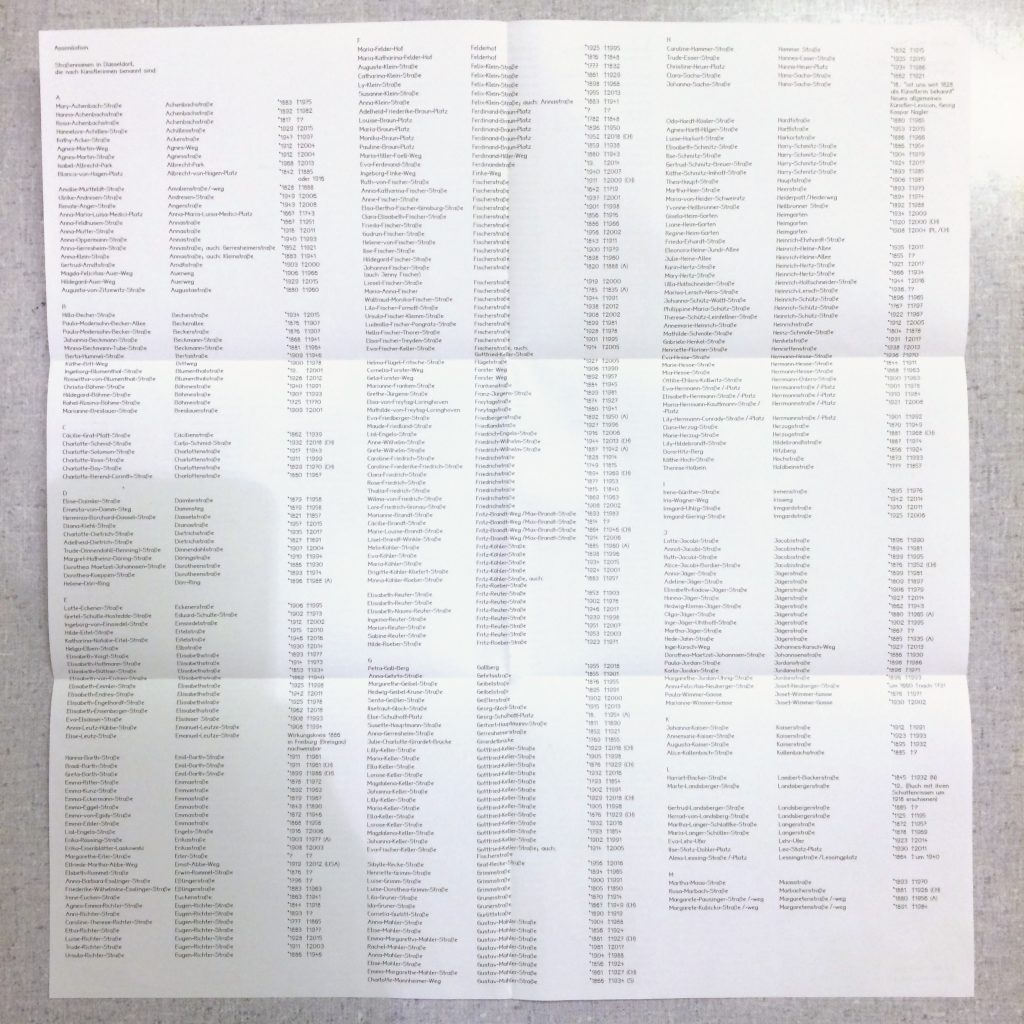
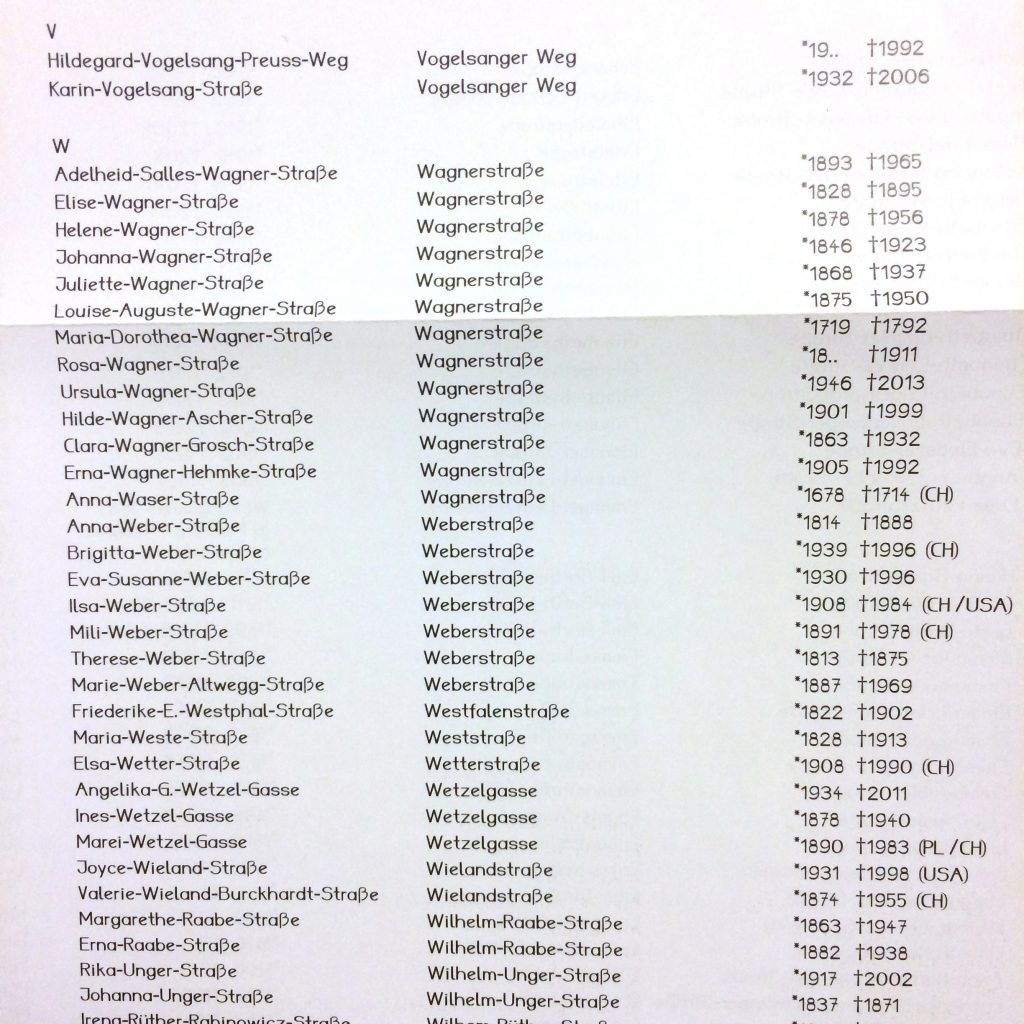
…is one of those, that evolve from shared interests of the class and myself.
Bookbinding, Layout, Photoshop, developing research methods.
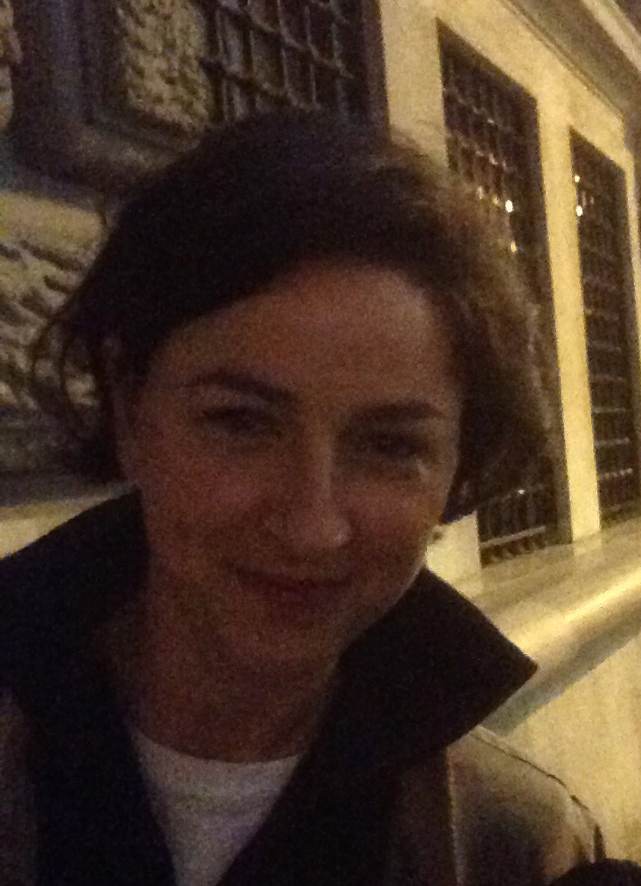
© 2026 Art Matters
Theme by Anders Noren — Up ↑